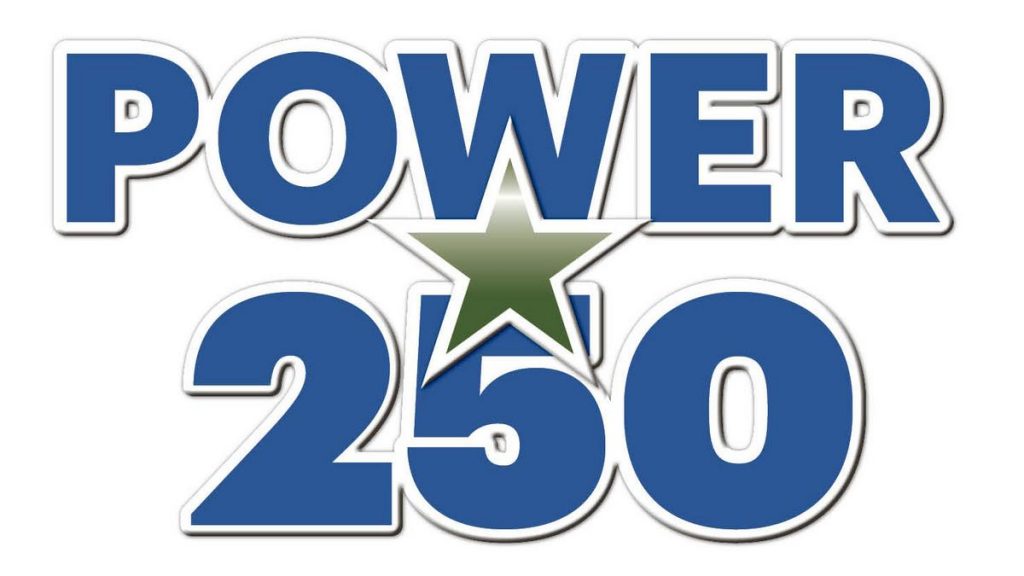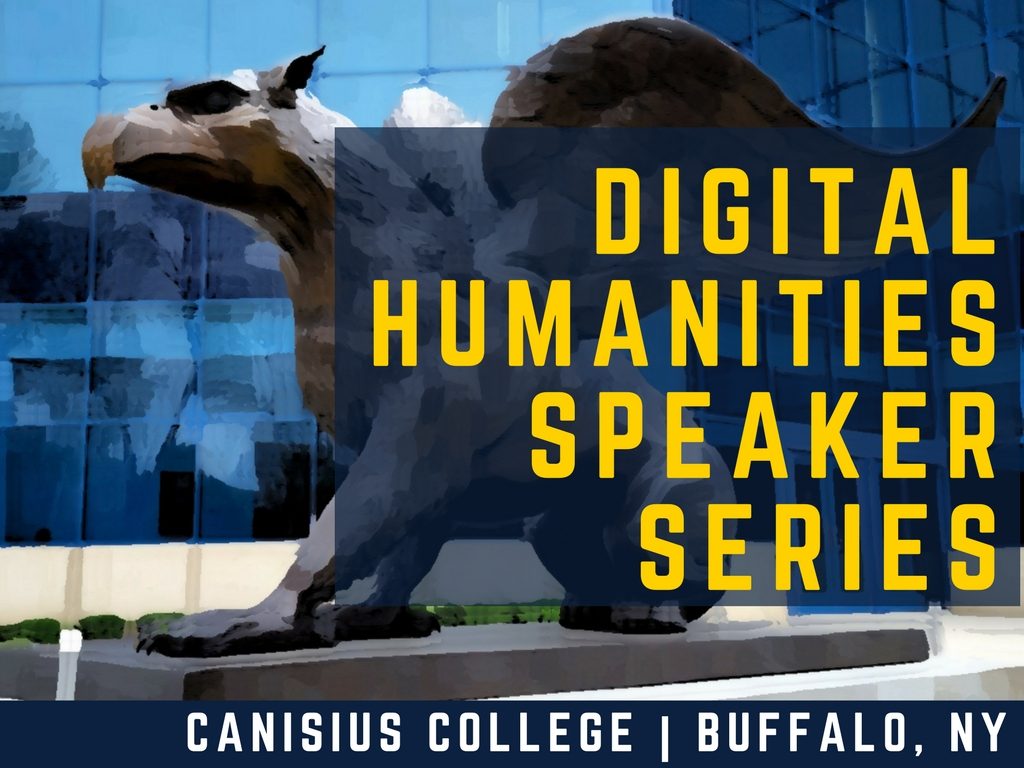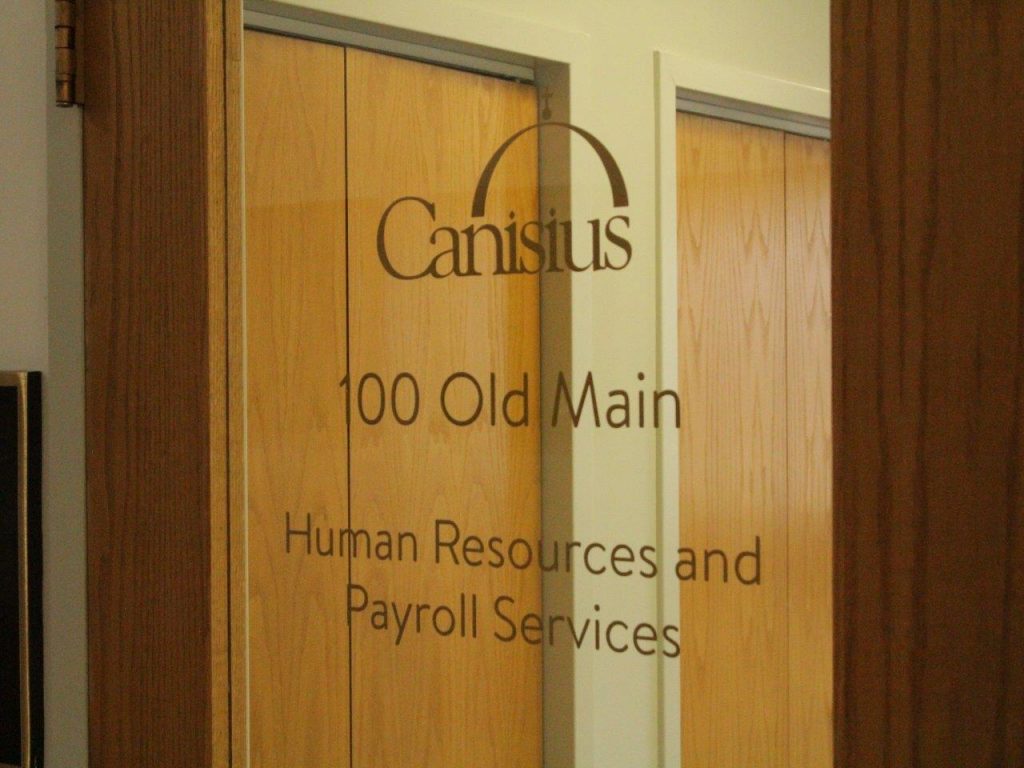Business First Names Power 250

Congratulations to the 43 members of the Canisius community who were ranked on Business First’s Power 250 list. The annual list is comprised of men and women that wield the most clout in Western New York’s eight-county region. The Canisius community represents 17 percent of the Power 250 List. Here is a brief breakdown of how the Canisius community fared:
30
Number of Canisius alumni named to Power 250
15
Number of honorary degree recipients named to Power 250
8
Number of Trustees named to Power 250
*Please note: Some members of the Canisius community appear in more than one of our categories but are counted only once for the purpose of our statistics.
#44
President John J. Hurley’s place on the Power 250
Hurley and University at Buffalo President Satish Tripathi are the highest-ranking local college presidents to make the Power 250 list.
TOP RANKED ALUMNA (#30)
Rhonda Frederick MPA ’03, president and CEO, People, Inc.
TOP RANKED ALUMNUS (#17)
Carl Montante ’64, HON ’04, president and managing director, Uniland Development Corp.
Click here to see the full list of Canisius community members named to the Power 250.
Click here to see the entire Power 250 List.
Submitted by: College Communications
Students Share Research With Campus Community
A peace and social justice event will be held on Monday, February 27 from 7:00 – 9:00 p.m. in Science Hall, Room 1013B. Two Canisius students, Brianna Gibney ’17 and Alie Iwanenko ’17, will present their research topics. The event, which is free and open to the public, is co-sponsored by Peace Action-Canisius and the Western New York Peace Center.
Gibney’s thesis focuses on universal healthcare in Central America. It includes an assessment of the healthcare policies in Costa Rica and Nicaragua and an investigation into the role of political will in the successful implementation of universal healthcare policy.
Iwanenko’s thesis focuses on sustainability and access to clean water sources and sanitation. She compares Lake Erie and Guanabara Bay and explores issues shared by the two bodies of water.
There will also be a discussion of the recent increase in federal immigration raids locally.
Submitted by: Terrence Bisson, PhD, professor, mathematics and statistics
Digital Humanities Speaker Series

The inaugural College of Arts & Sciences Digital Humanities Speaker Series at Canisius is Thursday, March 23, at 4:00 p.m. in the Regis Room located on the second floor of the Student Center. Special thanks to Erin Warford, PhD, adjunct professor of classics, who kicks off this series with a compelling discussion of how digital geographic information systems enable us to explore past social, political and religious life in new ways.
The Digital Humanities Speaker Series highlights pioneering work Canisius scholars are doing in digital humanities and inspires faculty and students to consider, experiment with and collaborate on new research projects or pedagogical methods employing digital technologies. Our spring 2017 series is threaded with an underlying question: What is the relationship between humanities scholarly priorities and methods or practices of media design?
The title and abstract of Warford’s presentation are below:
Build Temples Not Walls: Mapping Border Sanctuaries and Pilgrimage Routes in Classical Athens
Borders are not always defined by walls. In ancient Athens, birthplace of democracy and at the height of its power in the 5th century BCE, the borders were marked by grand marble temples. Both Athenians and outsiders gathered at these temples to enjoy the cultural spectacle of festivals, which offered food, drink, song and dance, theatrical performances, athletic contests, and even secret initiation rituals! All of this displayed the wealth and power of Athens, as well as the touchstones of Athenian identity—myths, memorials, battlefields from the Persian Wars.
Spectacles are meant to be seen by an audience, of course. How did people get to these temples? And what was the journey like? Geographic Information Systems (GIS) mapping programs provide tools which I have used to reconstruct the roads that connected the city of Athens to its border sanctuaries, as well as what it was like to travel to them. As an example I will focus on the Sacred Way to Eleusis, which thousands of initiates walked every year during their initiation into the Eleusinian Mysteries, hoping for a happier afterlife. These roads were the arteries that linked Athens to her borders, the physical manifestation of the geographic and cultural unity of Athens.
Submitted by: Mark Gallimore, PhD, instructional designer, COLI


